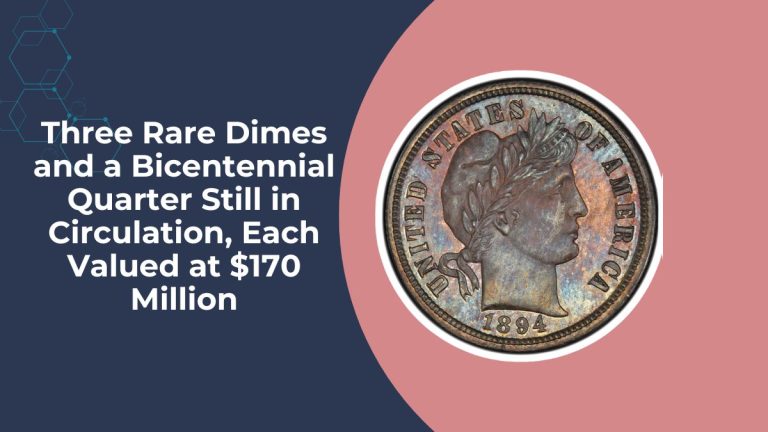If you’re preparing for retirement, you’ll soon have the opportunity to save even more for your future—provided your budget allows it. The Internal Revenue Service (IRS) has announced an increase in the contribution limits for workplace retirement accounts starting in 2025, offering Americans an expanded pathway to boost their retirement savings.
Increased 401(k) Contribution Limits for 2025
The IRS has confirmed that the maximum contribution limit for 401(k) plans and similar employer-sponsored accounts will rise to $23,500 in 2025, up from $23,000 in 2024. This adjustment provides an additional $500 for workers looking to maximize their retirement savings.
Catch-Up Contributions for Workers Aged 50 and Older
For workers aged 50 and above, the government already allows additional contributions to help bolster savings as retirement nears. This extra amount, known as a “catch-up” contribution, will remain capped at $7,500 in 2025.
Introducing “Super” Catch-Up Contributions for Ages 60-63
Starting in 2025, workers aged 60 to 63 will benefit from a new category of contributions: “super” catch-up contributions. These allow individuals to contribute up to $11,250 annually—an extra $3,750 over the standard catch-up contribution.
- Total Annual Contribution Possibilities for Ages 60-63:
- Base contribution: $23,500
- Standard catch-up: $7,500
- Super catch-up: $11,250
- Total potential: $34,750
This significant increase is part of the SECURE 2.0 Act, which President Joe Biden signed into law in 2022 as part of a $1.7 trillion spending package aimed at enhancing retirement security.
Are Americans Utilizing Maximum Contributions?
While these increased limits offer potential for substantial retirement savings, not everyone will take full advantage. According to Vanguard Research, only 14% of retirement plan participants reached the maximum contribution limits in 2023.
Ted Rossman, Senior Industry Analyst at Bankrate, explained that the new rules might not have a broad impact. “There’s likely a very small group of people between the ages of 60 and 63 who were already maxing out their accounts and can now go higher,” Rossman told ABC News.
Challenges to Maximizing Retirement Contributions
Even diligent savers may find it challenging to meet these higher limits. Expenses like college tuition for children or caregiving costs for aging parents often compete with retirement savings. For many, these financial pressures make it difficult to allocate additional funds to retirement accounts.
What About IRAs?
Limits for Individual Retirement Accounts (IRAs) will remain unchanged in 2025:
- Annual contribution limit: $7,000
- Catch-up contribution for ages 50+: $1,000
These limits apply to both traditional IRAs—which may provide tax deductions depending on income—and Roth IRAs, which offer tax-free growth and withdrawals in retirement, though without upfront tax benefits.
The Broader Retirement Crisis
Despite the increased limits, many Americans remain unprepared for retirement. A typical household led by someone aged 55-64 has saved only $10,000 in retirement accounts, according to data from the Economic Policy Institute and the Schwartz Center for Economic Policy Analysis. Declining pension availability and an aging population further exacerbate this issue.
The Power of Early and Consistent Contributions
Experts emphasize the importance of starting retirement contributions early. As Albert Einstein famously said, “Compound interest is the eighth wonder of the world.” The earlier you begin saving, the greater the compounding effect on your investments.
Ted Rossman also recommends a strategic approach to contributions:
- Set calendar reminders to gradually increase your 401(k) contribution rate each year.
- Align increases with pay raises to minimize the impact on your standard of living.
For example, if you’re contributing 5% of your salary now, consider raising it to 6% or 7% next year. “Gradual increases make it easier to stick to your plan without feeling a financial strain,” Rossman explained.
2025 Contribution Limits at a Glance
| Category | 2024 Limit | 2025 Limit | Increase |
|---|---|---|---|
| Base 401(k) Contribution | $23,000 | $23,500 | $500 |
| Standard Catch-Up Contribution | $7,500 | $7,500 | No change |
| Super Catch-Up (Ages 60-63) | N/A | $11,250 | New $3,750 option |
| Total Contribution (Ages 60-63) | $30,500 | $34,750 | $4,250 |
| IRA Contribution Limit | $7,000 | $7,000 | No change |
| IRA Catch-Up (Ages 50+) | $1,000 | $1,000 | No change |
FAQs
What is the new 401(k) contribution limit for 2025?
The base contribution limit for 401(k) accounts will increase to $23,500 in 2025, up from $23,000 in 2024.
Who qualifies for the super catch-up contribution?
Workers aged 60 to 63 can make super catch-up contributions of up to $11,250 annually starting in 2025.
Are IRA contribution limits changing in 2025?
No, the annual contribution limit for IRAs remains at $7,000, with a catch-up contribution of $1,000 for individuals aged 50 and older.







